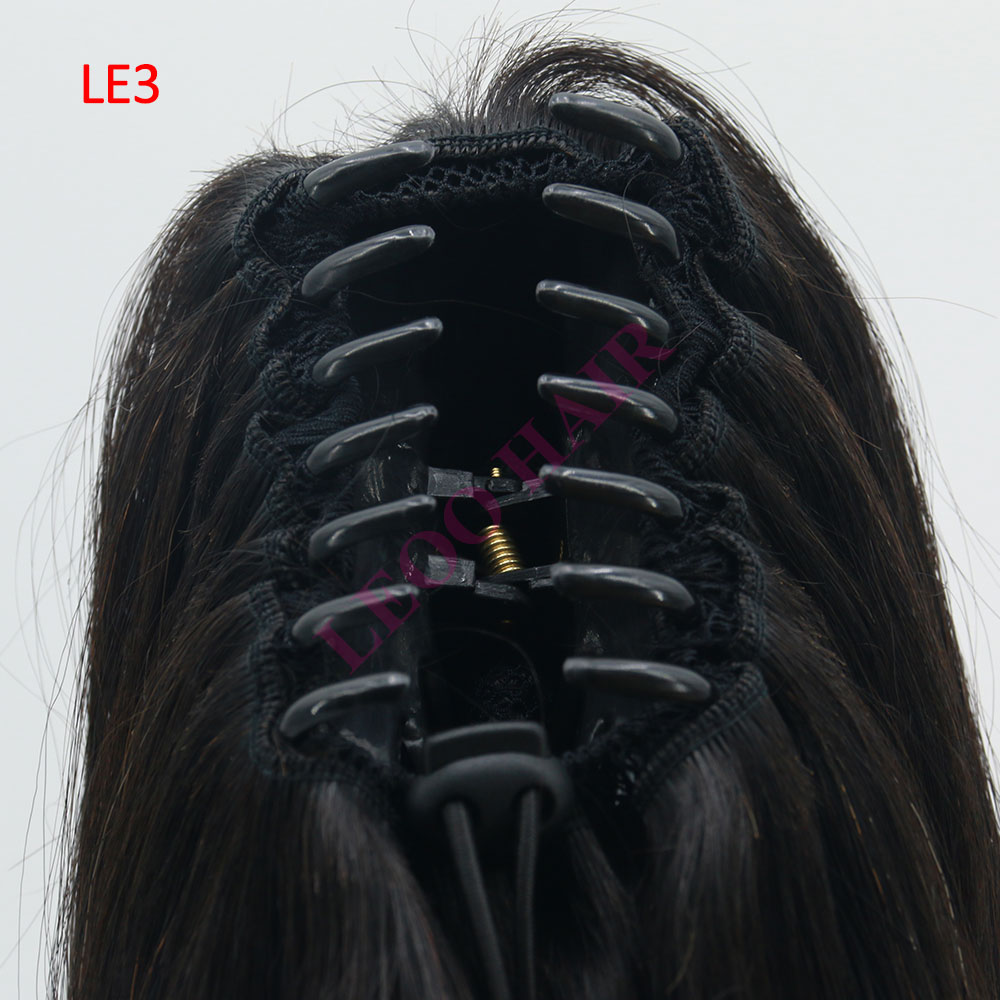WHY ARE HAIR EXTENSIONS WIDELY USED?

Hair extensions are used to add length, volume, thickness, or color to a person's natural hair. This article gives you a general idea of hair extensions.Here are some common uses and benefits:
Adding Volume:
People with thin or fine hair can use hair extensions to add fullness and volume, making hair look thicker and healthier.
Lengthening:
If someone wants longer hair without waiting for it to grow naturally, extensions can instantly increase the length of their hair.
Enhancing Style:
Hair extensions can make it easier to style hair in certain ways, such as creating fuller updos, braids, or longer, flowing styles that might not be possible with one's natural hair length or volume.
Color and Highlights:
Extensions can be used to add streaks of color or highlights/lowlights without chemically treating the natural hair, reducing potential damage.
Special Occasions:
Many people use extensions for a special event or occasion to create a luxurious and glamorous look that may not be achievable with their natural hair.
Confidence Boost:
For individuals who may be self-conscious about their hair, extensions can provide a boost in self-confidence and improve their overall satisfaction with their appearance.
How to choose the right hair extensions for me?
Choosing the right hair extensions can enhance your look significantly. Here’s a step-by-step guide to help you select the perfect match for your hair:
1. Determine Your Goals
Length: Decide how long you want your hair to be.
Volume: Determine if you need to add thickness as well as length.
Color: Consider if you want to add highlights, lowlights, or match your current color.
2. Consider Your Lifestyle
Maintenance: Some extensions require more upkeep. Consider how much time you’re willing to invest.
Activity Level: If you’re very active, certain types may be more manageable.
Budget: Extensions come in a wide range of prices. Know how much you can spend.
3. Choose the Type
Clip-ins: Temporary and easy to apply yourself.
Tape-ins: Semi-permanent, typically lasts 4 to 8 weeks.
Sew-ins/Weaves: Applied by braiding the natural hair and sewing the extensions in.
Micro-link/Micro-bead: Extensions are attached using small beads.
Fusion/Pre-bonded: Bonded to natural hair using different adhesives.
Halo: A temporary, easy-to-use wire-based extension that sits on the head like a crown.
4. Match Your Hair Texture
Synthetic vs. Natural: Natural extensions blend more seamlessly with your own hair but are typically pricier.
Texture Match: Whether curly, straight, or wavy, the extensions should match your hair’s natural texture.
5. Color Matching
Extensions should ideally match the color of your natural hair unless you’re going for a highlighted effect.
Always match to the ends of your hair rather than the roots.
6. Hair Quality
Remy Hair: Considered the finest quality, with cuticles intact and aligned.
Non-Remy: Usually less expensive but can tangle and wear out more quickly.
Virgin Hair: Never treated with chemicals, can be dyed and treated like your own hair.
7. Consult a Professional
Get advice from a hairstylist.
They can help you match color and texture and recommend the type that best suits your natural hair and lifestyle.
8. Application Method
Understand the different application methods and decide which one you’re most comfortable with:
At-home vs. Salon: Some extensions are simple enough to apply at home, while others should be done by a professional.
9. Maintenance and Care
Learn how to care for your extensions to prolong their lifespan.
Follow the specific washing, brushing, and styling guidelines for the type of extensions you choose.
Remember, hair extensions require commitment to maintain their look and to keep your natural hair healthy. Always weigh the pros and cons before deciding on the type and method you want to use.Extensions come in various forms, such as clip-ins that can be easily attached and removed, tape-ins that are semi-permanent, or weaves and keratin-bonded extensions that are typically put in by a professional and can last for weeks or months with proper care. The quality of hair used in extensions can also vary, with options ranging from synthetic to high-quality human hair.










































